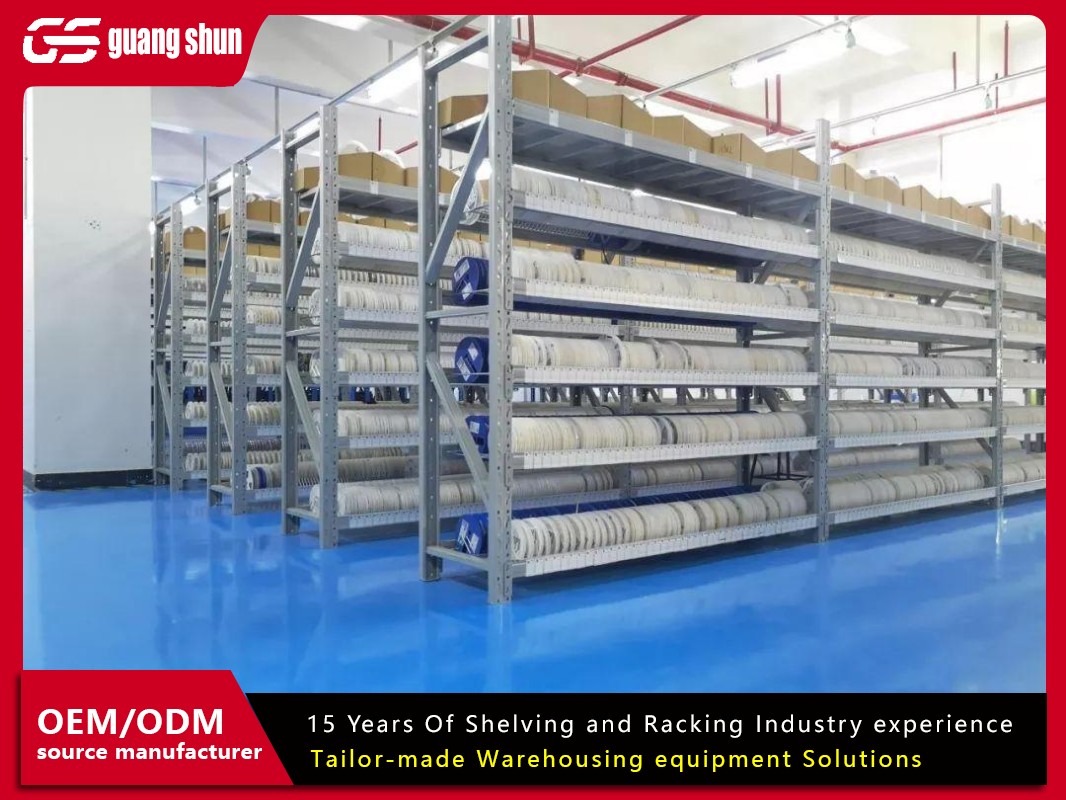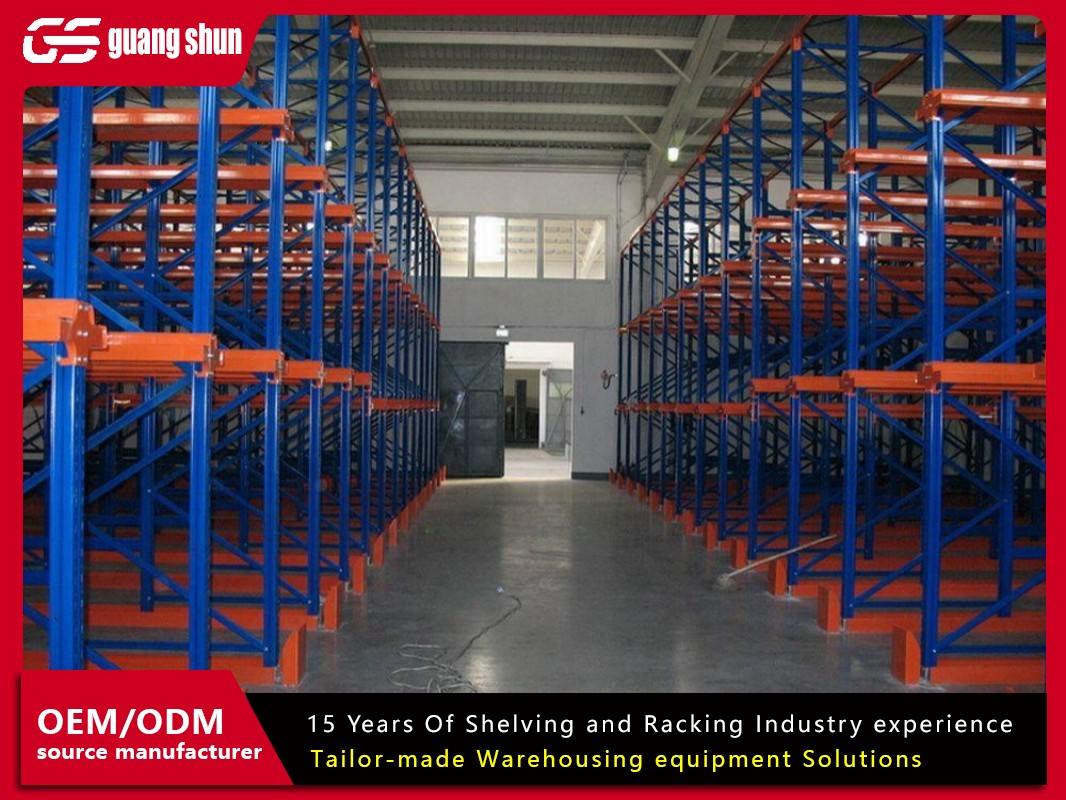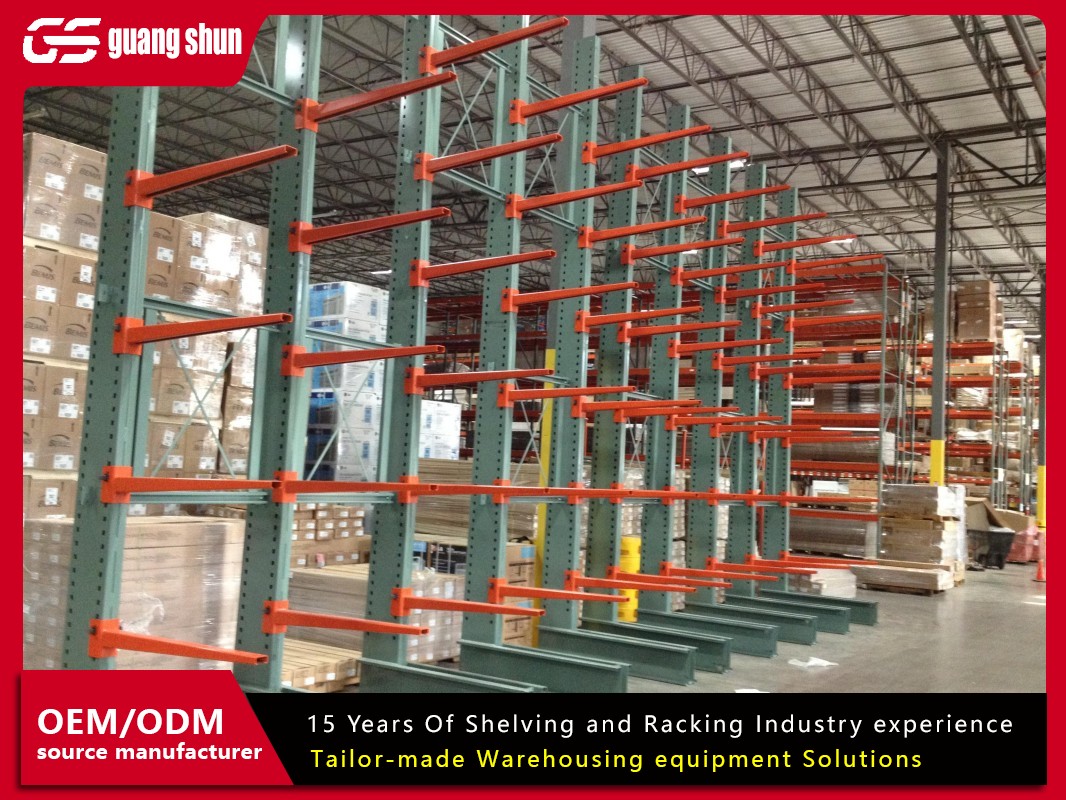In the relentless pursuit of warehouse optimization, every square foot translates directly to the bottom line. As storage needs grow but building footprints remain fixed or become prohibitively expensive, businesses are forced to look up, not out. This is where high-density storage solutions come into play, and among the most popular and efficient is Very Narrow Aisle Racking (VNA).
But what exactly is VNA racking? How does it achieve such remarkable density gains? More importantly, is it the right fit for your specific operation? This article delves deep into the world of Very Narrow Aisle Racking, moving beyond the sales pitch to provide a comprehensive analysis. We will explore its core mechanics, undeniable advantages, critical considerations, and the all-important financial implications. By the end, you'll have a clear understanding of whether VNA is the key to unlocking your warehouse's full potential.
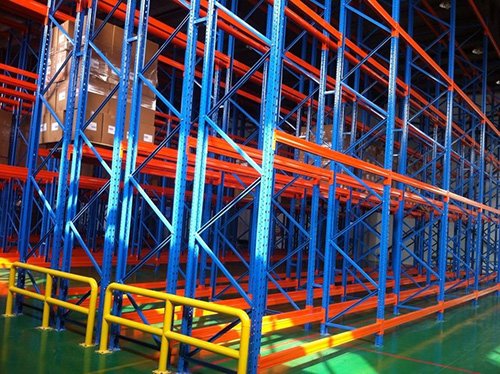
What is Very Narrow Aisle Racking? The Foundation of High-Density Storage
Very Narrow Aisle Racking is a specialized storage system designed to maximize storage capacity within a existing warehouse space. The defining characteristic is right in the name: the aisles are very narrow, typically ranging from 1.5 to 1.6 meters (approximately 5 to 5.5 feet) wide.
This drastic reduction in aisle width, compared to the 3+ meters (10-12 feet) required for a standard counterbalance forklift, is what creates the dramatic increase in storage density. However, such narrow spaces cannot be navigated by conventional forklifts. Very Narrow Aisle Racking operations are entirely dependent on specialized material handling equipment, primarily:
Turret Trucks: These forklifts have a fork assembly that rotates 90 degrees left or right, allowing the truck to travel straight down the aisle while the forks can side-load and unload pallets. The operator often rides up with the forks for high-level order picking.
Order Pickers: Similar to turret trucks but designed specifically for manual order picking from pallets at height.
The racking structure itself is typically a standard adjustable pallet racking (APR) system but is often built taller and requires greater precision in installation to ensure the aisles are perfectly straight and vertical for the equipment to operate safely.
How Very Narrow Aisle Racking Maximizes Your Cube: The Key Advantages
The primary driver for adopting a VNA system is its unparalleled space utilization. Let's break down its core advantages:
Exceptional Space Savings: This is the most significant benefit. By reducing aisle width by over 50% compared to wide-aisle systems, a Very Narrow Aisle Racking setup can increase storage capacity by up to 50% or more within the same building footprint. This directly delays or eliminates the need for expensive facility expansion or relocation.
Improved Vertical Utilization: VNA systems are synonymous with high-bay warehouses. The specialized equipment is designed for stability at great heights, allowing companies to safely utilize building clear heights of 15 meters (45 feet) or more. This makes perfect use of the entire "cube" of the warehouse—not just the floor space.
Enhanced Inventory Control and Picking Accuracy: High-density storage often leads to better organization. With a VNA system, SKUs are consolidated, and the "chaotic storage" method can be implemented more effectively. Furthermore, the operator's elevated position in a turret truck or order picker provides excellent visibility, which can lead to more accurate order picking and put-away.
Potential for Increased Productivity: While travel speeds might be slower in narrow aisles, the significant reduction in travel distance for storing and retrieving loads can lead to a net gain in productivity. Operators spend less time traversing vast open aisles and more time on actual load handling.
Direct ROI Compared to Alternatives: When compared to the cost of acquiring additional real estate or constructing a new building, the investment in a Very Narrow Aisle Racking system often presents a compelling and faster return on investment. It's a capital expenditure that can generate significant operational savings.
The Flip Side: Critical Considerations and Challenges of VNA
While powerful, VNA is not a universal solution. It comes with its own set of stringent requirements and potential drawbacks:
Significant Capital Investment: The cost is higher than a traditional wide-aisle system. This includes not only the racking but, more importantly, the specialized VNA equipment (turret trucks or order pickers), which is significantly more expensive than standard forklifts.
Stringent Floor Flatness Requirements: This is a non-negotiable prerequisite. For the tall, narrow VNA equipment to operate safely and without damaging the racking, the warehouse floor must be exceptionally flat and level. Tolerance requirements are measured in millimeters over several meters. Existing floors often require expensive grinding or topping to meet these specs.
Infrastructure and Guidance Systems: Most VNA systems require a guidance system to keep the equipment perfectly centered in the ultra-narrow aisle. This is typically either a wire guidance system embedded in the floor or an optical laser guidance system. The installation of this infrastructure adds to the initial cost and complexity.
Operator Training and Skill: Operating a complex, high-reaching turret truck in a confined space requires a highly skilled and certified operator. The training investment is greater, and the pool of qualified operators is smaller.
Potential for Congestion at Aisle Ends: While travel within aisles is efficient, the ends of aisles can become congestion points if not properly managed in the warehouse layout and workflow design.
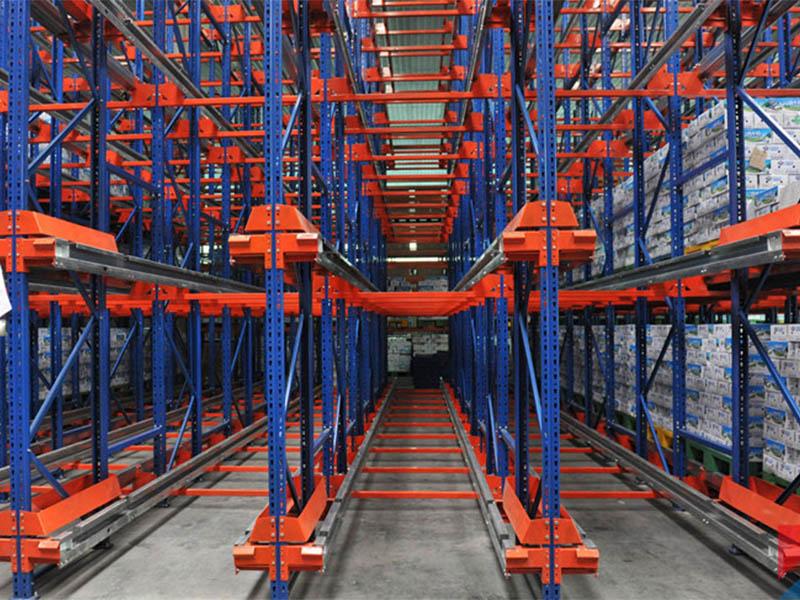
Breaking Down the Investment: Cost Factors for VNA Racking
The cost of a VNA system is a composite of several elements. There is no single price per pallet position, as it varies too widely. Key factors influencing the total investment include:
Racking Height and Specification: Taller systems require heavier-duty uprights and deeper base plates. The required load capacity per level also impacts the beam specification and cost.
The Material Handling Equipment: This is often the largest cost variable. A single, new turret truck can cost significantly more than a standard forklift. Considerations include lift height, capacity, and brand.
Guidance System: The choice between wire-guided and laser-guided systems has cost implications for both hardware and installation.
Floor Assessment and Preparation: The potential need for floor leveling or grinding is a critical and often substantial cost that must be factored in during the planning stage.
Professional Installation: The precision required for a VNA installation is extreme. It must be perfectly vertical and aligned, making expert installation not just recommended but mandatory for safety and performance.
Ongoing Maintenance: The specialized equipment requires specialized service and maintenance plans, which can be more costly than maintaining a standard forklift fleet.
VNA vs. Other High-Density Storage Solutions
How does VNA stack up against other options? It sits in the middle of the density spectrum.
Vs. Wide-Aisle Racking: VNA offers far greater density but requires a higher investment in equipment and infrastructure.
Vs. Drive-In/Drive-Thru Racking: VNA offers better selectivity (direct access to every pallet) versus the LIFO (Last-In, First-Out) or FIFO (First-In, First-Out) nature of drive-in systems.
Vs. Mobile Pallet Racking: Mobile racking offers the highest possible density but often at a higher overall cost and with slower retrieval times, as aisles must be opened and closed. VNA offers a better balance of density, selectivity, and speed.
Frequently Asked Questions (FAQs)
Q1: What is the absolute minimum aisle width for a VNA system?
The aisle width is determined by the combination of the pallet size, the racking load beam length, and the specific turret truck model. Generally, the minimum aisle width is calculated as: (Pallet length + 200mm clearance + 100mm for truck clearance) x 2. For a standard 1200mm (48") pallet, this typically results in an aisle width between 1500-1600mm (63-66 inches).
Q2: Can I use a standard reach truck in a Very Narrow Aisle?
No. A standard reach truck requires an aisle width of approximately 2.7-2.8 meters (9-9.5 feet) to operate. A VNA aisle is too narrow for it to turn and position itself. The specialized rotating forks of a turret truck are essential for operation in sub-1.6 meter aisles.
Q3: Is VNA racking safe?
When designed, installed, and operated correctly, VNA racking is very safe. Its safety is contingent on several factors: a perfectly level floor, a trained and certified operator, properly installed guidance systems, and rigorous daily checks of both the equipment and the racking integrity.
Q4: Can I retrofit my existing warehouse to a VNA system?
It is possible, but it depends entirely on your building's specifications. Key factors to check are:
Clear Height: Is there enough vertical space to justify going higher?
Floor Flatness: Does the existing floor meet the extreme flatness tolerances?
Column Layout: Are there floor columns that would interfere with the optimal layout of long, continuous aisles?
A professional site survey is essential to determine feasibility.
Q5: What type of businesses benefit most from VNA?
VNA is ideal for warehouses with:
High-volume storage needs in a limited footprint.
A large number of SKUs requiring high selectivity (direct access to every pallet).
High-value inventory where maximizing space has a direct financial benefit.
The ability to invest in both the infrastructure and the specialized equipment.
Very Narrow Aisle Racking represents a sophisticated and highly effective solution for the modern warehouse squeeze. It is not a decision to be taken lightly, given the substantial investment in equipment, infrastructure, and training. However, for the right operation—one constrained by space and looking to optimize its cubic capacity without expanding its footprint—the rewards are immense.
The path to a successful VNA implementation is paved with meticulous planning. It requires a thorough analysis of your inventory, workflows, and facility specs, followed by a partnership with a reputable supplier and installer. By carefully weighing the advantages against the challenges and costs, you can determine if Very Narrow Aisle Racking is the powerful engine your warehouse needs to drive efficiency and profitability to new heights.



